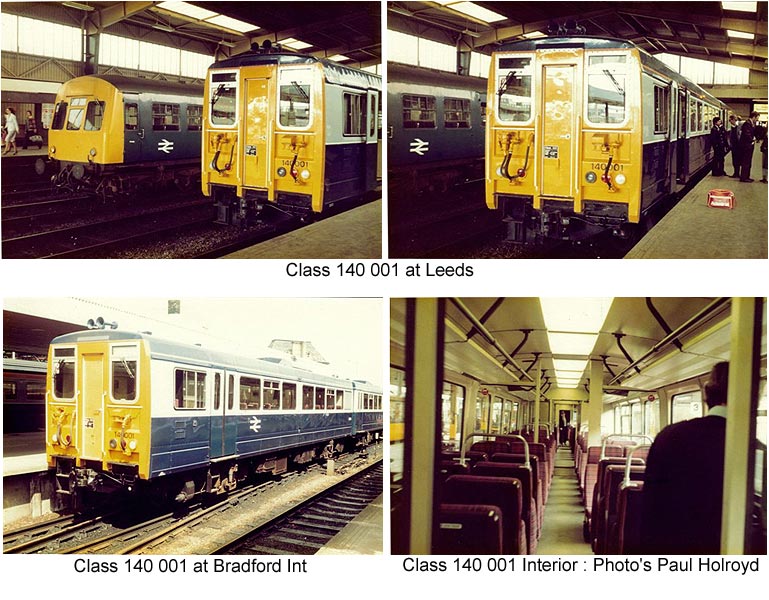The HSFV can trace some of its suspension back to the APT.
So in a sort of roundabout way, we have the APT project to thank for pacers!
The other way round slightly. The first HSFV was the testbed for fundamental research into wheel/rail interactions and vehicle dynamics from first principles. It was gound breaking work and HSFV1 should have had pride of place at the NRM but it wasnt pretty enough.
In the early sixties few freight trains exceeded forty mph and spent hours sitting in loops letting expresses go by. Few expresses exceeded eighty mph - at 90 you really knew about it. The drive was on for long distance fast freights that could keep up with the passengers but there were too many derailments.
Hence the dynamics lab at the research centre in Derby. I joined just as initial work had been done on ideal wheel profiles and one of the first things I was shown was the test rig.
Next step was to determine the dynamics in six degrees of freedom of four-wheeled chassis. One outcome was that instability became worse with longer wheelbases hence the increasing use of bogies even on goods wagons. The upshot was a wagon chassis that could be variously loaded to test its suspension - HSFV1 which achieved 140mph on the test rig.
There were subsequent HSFV derivatives but, more importantly the fundamental principle brought to light form Chapter One of today's railway engineers textbook.
It have always wondered what the dept thought of being asked to design a four wheeled railcar, but I guess they had their arms twisted. Politics you know. But the rideworthiness of the Pacers is nor more or no less than you can expect.
Incidentally HSFV1 still exists at the Coventry Electric Railway Museum and it has recently been announced that, in time, it will go to Shildon to join the APT

